Journal
Articles

The final choice
The Netherlands and Canada boast the most progressive VAD laws in the world. Time will tell how they might be tested. Time will also be the judge of whether Australian laws go far enough. Dementia Australia forecasts that 1.1 million people will be living with dementia by 2058.
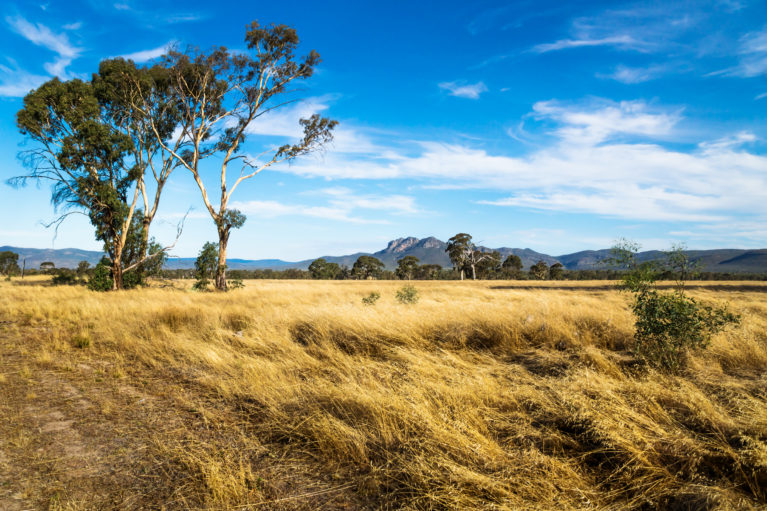
Restoration, recovery, renewal
When Europeans first invaded Australia, it was common for them to comment on the verdant grasslands and gardens of the country. Few acknowledged – and most probably couldn’t conceive – that these features had been created by Aboriginal agricultural methods. Many of them, however, noticed the sudden deterioration in the colonial landscape and its soils after their arrival.
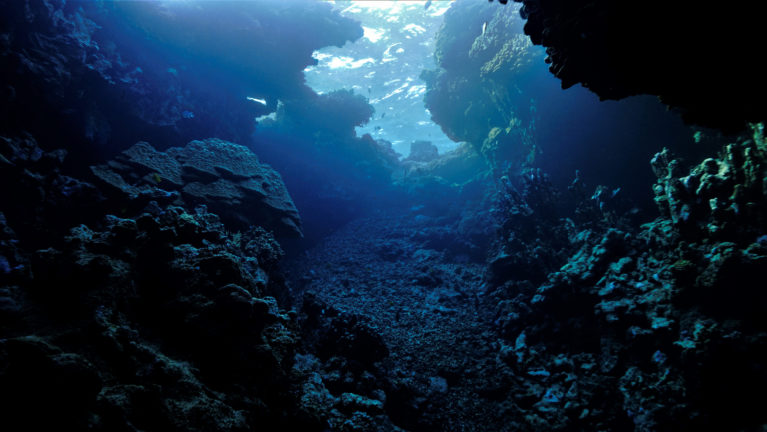
Into the deep
Although few scientists take seriously the aquatic ape theory that postulates our ancestors returned to the water for a time, there is no question our bodies remember other, older ways of being that connect us to the water.

Through the looking glass
Van Leeuwenhoek had been eager to dissect many different animals’ organs of sight in order to better understand the biological basis for vision. This knowledge, he believed, would aid in improving his microscopes. If he came to grips with how eyes worked, he might then be able to mechanically simulate a more piercing, magnifying focus by crafting better lenses. Biomimicry, of a type. He sought whale eyes specifically because of their size.
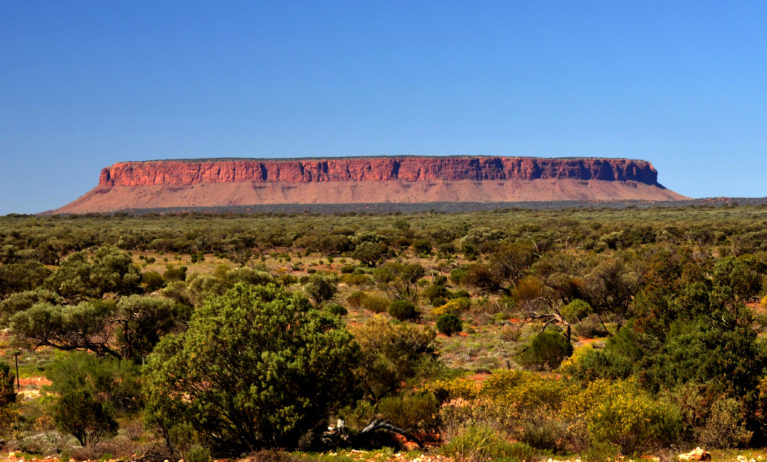
A dream that cannot be denied
Soon after the walk-off, the protest became much more than a claim for equal wages. The modern-day Gurindji dream, so reasonably proposed, was that they would live on their land, their way. They dared pursue a dream of a new relationship with broader Australia – one where Gurindji and kartiya could live as mates.
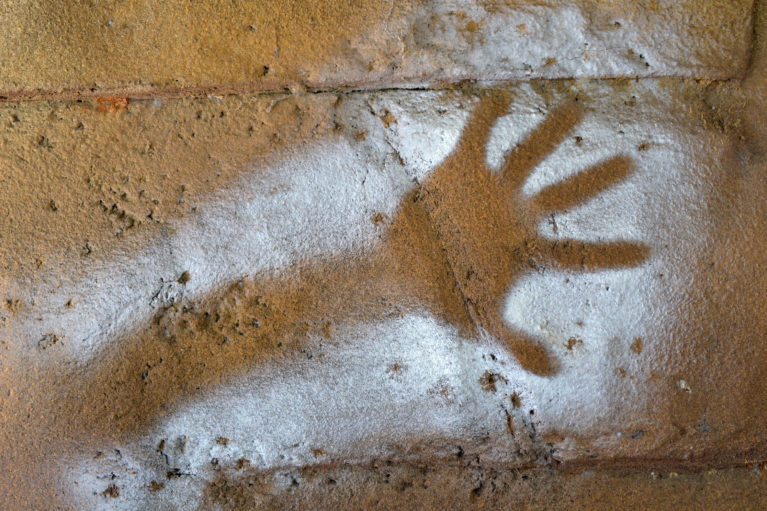
Ngumambinya
As a lifetime ambassador for the Indigenous Literacy Foundation (ILF), I see firsthand the importance of reading and writing in first languages. The ILF has published over ninety books as part of their Community Literacy Projects, and many of them are in eighteen different languages from the remotest communities in Australia. These books assist some of Australia’s most disadvantaged people to become self-determining through literacy.
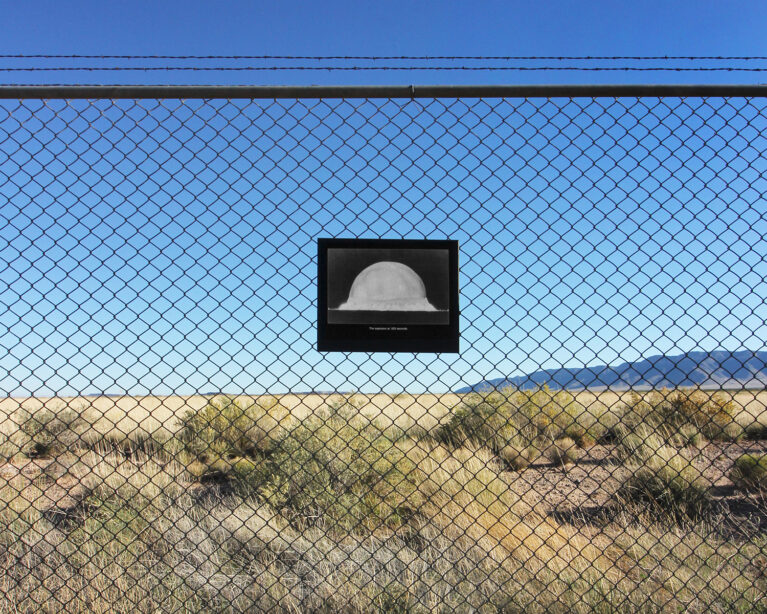
Nuclear landscapes
The United States has conducted 1,054 nuclear weapon tests, of which 219 have been atmospheric. The US Army conducted the first test on 16 July 1945 as part of the Manhattan Project in what is now the White Sands Missile Range in New Mexico’s Jornada del Muerto desert. The test site was declared a National Historic Landmark district in 1965...
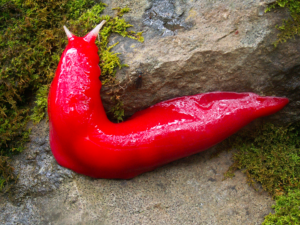
Fire on the mountain
And on rainy nights, when cloud hangs low over Kaputar’s peak, the mountain hosts a slimy synchronised dance of sorts. Fat pink slugs, some longer than a human hand, slide out from the earth – sometimes just a few, sometimes in their hundreds. From deep in the damp – no one quite knows where – they glide up rock faces and tree trunks in shocking shades of bubblegum and flamingo, sashimi and blood plum...
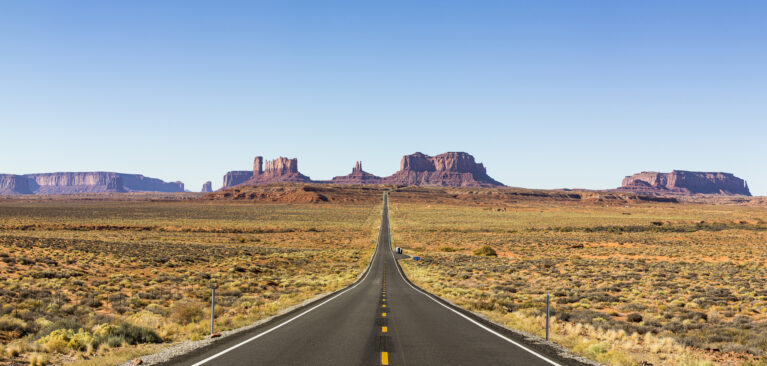
Sun queens
Cassie keeps forgetting she’s driving stick. We are on the I-80, and Cassie has her foot on the clutch while I shift the gears, and there is a good chance we’ll stall at 120 miles an hour. The I-80 is a highway for tourists and poor people, because if you’ve really got somewhere to be then plane flights are cheaper than ever these days.
Somewhere over the rainbow
The sentiment of sharing the same boat is optimistic, but it glosses over the impact of inequalities in the amount of money and time spent on learning – such as those between rural and urban and between public and private schools – as well as the influence that parents’ levels of education have.
Postcards from a liminal zone
Health professionals and educators have long appreciated the benefits of personalising and sharing experiences to allow people to work through what might be traumatic – to make sense of it, to understand it and to appreciate what really matters to them.
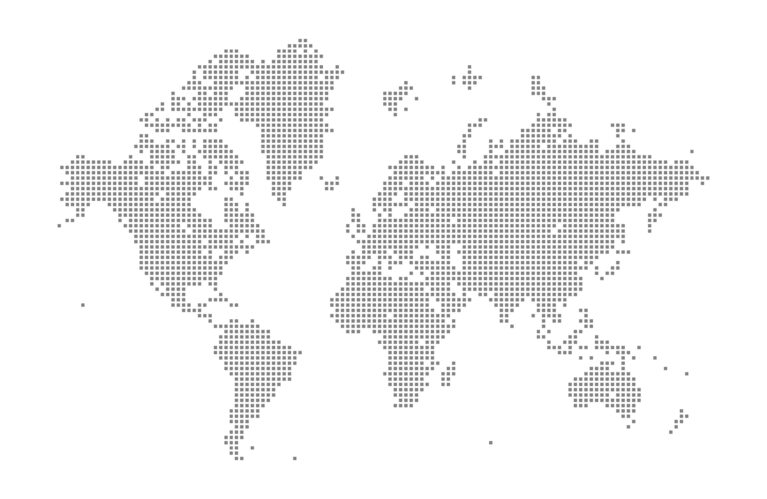
Enter the internationalist
What we can do is to look back on the time of Whitlam for encouragement – especially young lawyers and young citizens. Seize the moment: carpe diem. He sure seized the moment. That’s why learning from him in my own life – I think all of us can learn to be more courageous. Where there is injustice, we should seek to right the wrongs. That is what Whitlam demonstrated. That we could do a lot as a democratic nation.